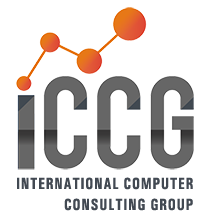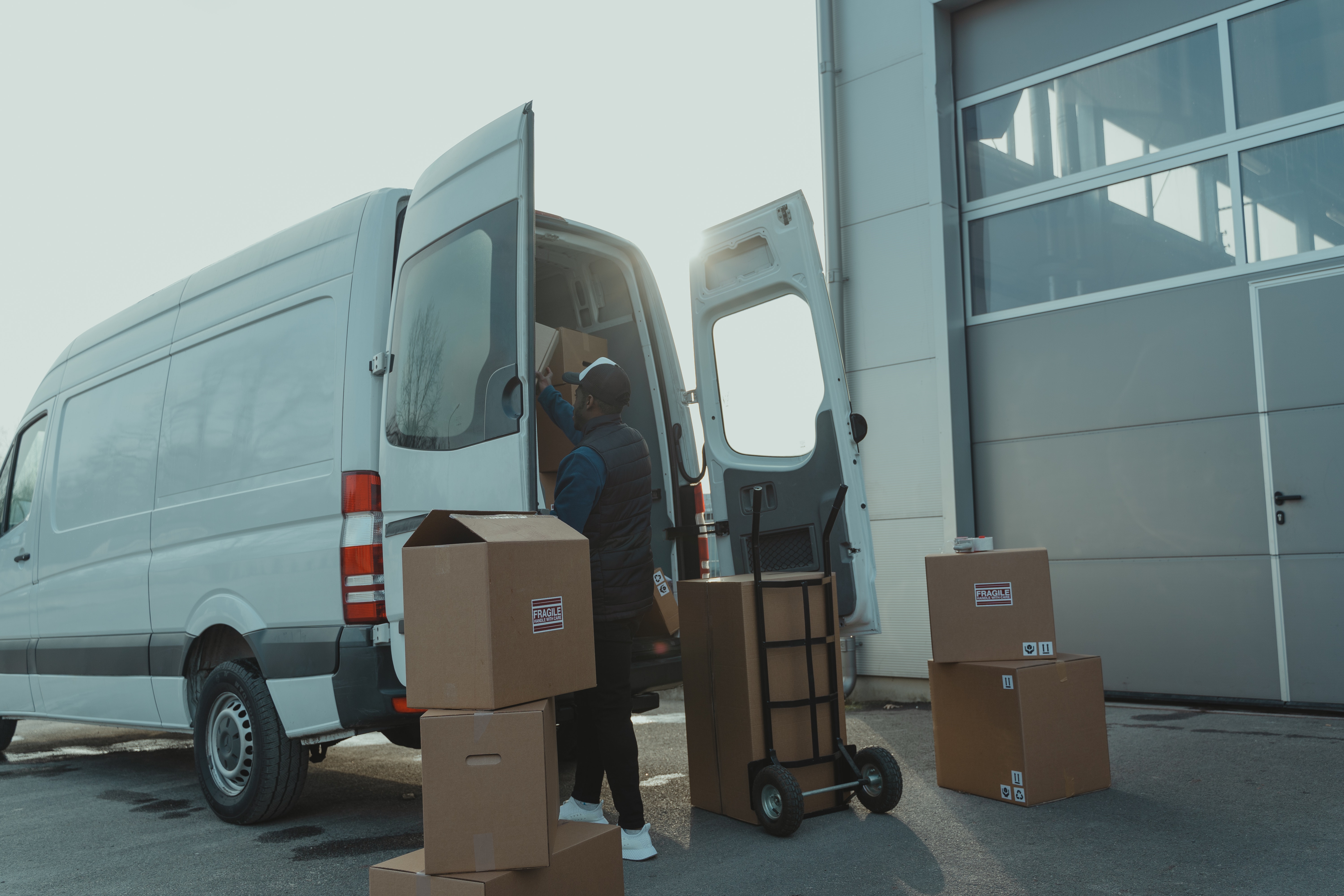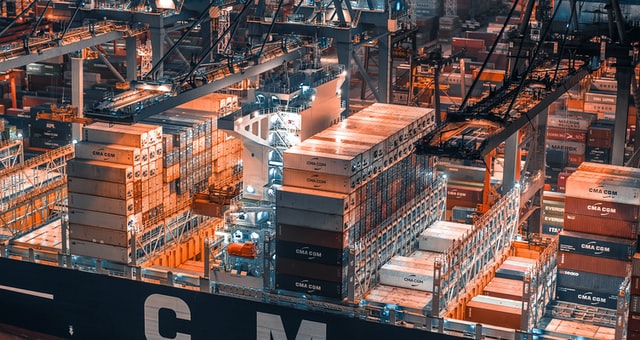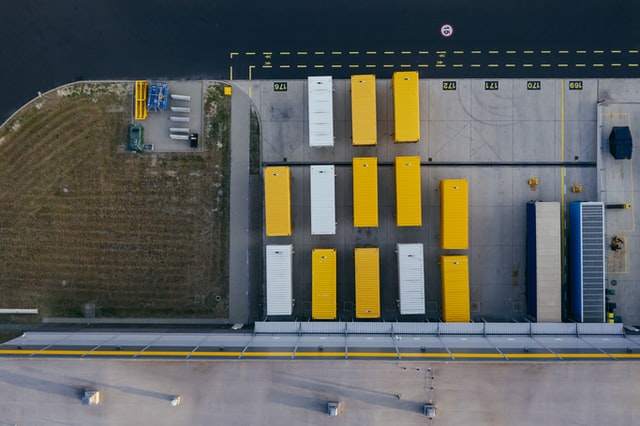The manufacturing industry has witnessed extraordinary changes over the past 250 years, with enterprises more recently transitioning to the Industry 4.0 paradigm. Industry 4.0 addresses the challenges of the modern world with autonomous systems, smart technology, machine learning, and an agile operations model.
This transition to automation has inspired sweeping changes in asset management and maintenance as well. Manufacturers looking to gain a competitive edge and create a more resilient infrastructure have begun adopting the doctrine of Industry 4.0 in tandem with upgrades of their maintenance efforts that embrace the human side of technology and empower employees to reach new levels of productivity.
Read More
Topics: Digital Transformation, Food & Beverage, Distribution, Supply Chain, Artificial Intelligence, digital technology, Food Technology, CloudSuite Food & Beverage, Enterprise Asset Management, Enterprise Software
A strategic approach to Asset Performance Management (APM) helps you keep critical equipment and production lines up and running, using the mountains of operational data now available to help you track equipment performance, anticipate the need for maintenance, and prevent breakdowns before they occur. But even in steady economic times, and certainly in the midst of a global pandemic, the decision to embrace the new technology will always be guided by the bottom line: Will the cost of the new system be justified by the efficiencies and cost savings it delivers?
Read More
Topics: Digital Transformation, Food & Beverage, Distribution, Supply Chain, Artificial Intelligence, digital technology, Food Technology, CloudSuite Food & Beverage, Enterprise Asset Management, Enterprise Software
The competitive landscape of the wholesale distribution industry is fiercer than ever before. With brand-new, internet-based distributors of all sizes seemingly popping up as quickly as mergers and acquisitions are building new distribution powerhouses, the competition just keeps getting more intense. Adding to the mix are an increasing number of manufacturing companies that are selling direct to retailers and offering online shopping options for consumers, bypassing distribution companies entirely. And let’s not forget the impact big box stores and e-tailers can have on the distribution channel as they leverage their purchasing power, large retail networks, and extensive B2C experience.
Of course, no discussion about distribution competition is complete without addressing the elephant in the room, Amazon® Business. With the ability to sell millions of SKUs with flexible shipping options at low price points, Amazon is setting a high bar for customer expectations. Amazon is very good at responding to how buyers buy today by offering a powerful customer experience that uses modern technologies, such as artificial intelligence (A.I.) and data science.
Read More
Topics: Manufacturing, Distribution, Supply Chain, Warehouse Management Systems, Enterprise Software, WMS, Supply Chain Management
Chemicals and life sciences manufacturers like you have unique requirements when it comes to your manufacturing operations. Infor SyteLine® for Chemicals is built on 30 years of manufacturing solution expertise and a Process Industry Pack, making it easy to adjust formulas, build batches based on exacting manufacturing specifications, and monitor and respond to the evolving regulatory environment.
Flexible formula management
Process manufacturers like you need a formula management system that helps develop formulas that account for factors like solubility and total yield. You need a system that has the flexibility to resize formulas to produce batches based on percentages, not quantity amounts. Infor® SyteLine for Chemicals provides the unique materials management and product customization functionality you need.
Read More
Topics: Manufacturing, Chemical, Supply Chain, Chemical & Life Sciences, Enterprise Asset Management, CloudSuite
The hospitality and gaming industries require specific functionality when it comes to sales and catering, and event management. The same goes for family entertainment centers like bowling centers, laser-tag spaces, and others.
What are those factors? What should organizations in these sectors look for in software solutions to manage these important aspects of their business. The cloud has emerged as a proven alternative to the legacy systems used by the hotel industry. One by one and group by group, independent hotels and chains alike, are seeking out a cloud-based platform to provide integrated solutions for their hospitality management needs.
Beyond cloud technology, let’s look at some other event sales and catering software characteristics that contribute to the success of hotel and casinos as legacy systems are beginning to be phased out.
Read More
Topics: ERP, Manufacturing, Supply Chain, Supply Chain Network, Infor M3 ERP, Enterprise Software, Retail Supply Chain, Supply Chain Operations, WMS, Supply Chain Management
The International Finance Corporation (IFC), the World Bank’s private sector arm, set out to provide relief to businesses in emerging regions as the pandemic roiled global markets. Stephanie von Friedeburg, MD and COO of the IFC, looks back on the year in a recent podcast where she reflects the following:
“There's been a substantive hit on supply chains, trade shocks. And so our trade finance business, which has always been a core of our business, has grown very substantially. And we've seen it in the poorest countries in particular, where we know that we need to continue to keep trade flowing. So we've seen an increase in trade finance in that relief piece. We've also seen many of our existing clients needing working capital and needing liquidity, and we believe it was important for us when we typically don't do a lot of liquidity or working capital, but important for us to step in and help our existing clients to withstand the crisis, keep them solvent so that when we come out of the crisis, we can rebuild faster and better.”
Read More
Topics: ERP, Manufacturing, Supply Chain, Supply Chain Network, Infor M3 ERP, Enterprise Software, Retail Supply Chain, Supply Chain Operations, WMS, Supply Chain Management
Overcoming (old and new) challenges
Warehouses and distribution centers can face challenges that impact everything from inventory management to operational strategy to employee management and more. Some of these challenges are the result of technologies that place new pressures on organizations that aren’t yet equipped to handle them. Some of these pressures are a direct result of how authorities, people, and businesses were forced to adjust to 2020’s global pandemic. Yet, with every challenge also comes opportunity. Below are some of the major challenges that are facing organizations today—and how they can be turned into opportunities.
Pick optimization
Many organizations lack the level of item master data needed for optimal cartonization and ideal facility layout. Without the proper item and location slotting (based on concepts such as seasonality, promotional activities, and sales projections), poor inventory placement across the warehouse often results in increased costs and reduced productivity. Much of that lost time and effort, however, can be reclaimed when organizations implement smarter management of where inventory is kept in a warehouse or distribution center by improving their slotting processes. In addition, enhanced slotting can even enable the strategic selection of optimized picking processes, such as pick to pass, batch picking, pick to light, sorting, voice picking, and more to increase volume and throughput.
Read More
Topics: ERP, Supply Chain, Warehouse Management Systems, Product Lifecycle Management, Infor M3 ERP, Enterprise Software, WMS, Supply Chain Management
1.Critical system failure
Your ERP system crashes in the middle of the night and you are not aware of it until the next morning. Restart and recovery will take several hours, causing a significant loss of revenue.
IT personnel determine that the system crash was due to the failure of an of an aging server with insufficient capacity to handle an ever-increasing amount of transactional data. The CIO refuses to allocate more funds to the outdated and poor performing ERP system infrastructure and charges you with finding a cost-effective solution that will minimize the chances of future system failures.
Read More
Topics: Enterprise Resource Planning, Business Intelligence, Enterprise Software, Business Processes, Infor CloudSuite ERP
In today’s highly technical, data-driven fashion environment, the limited functionality of spreadsheets and other outdated, manual-entry tools often result in significant time lags, data inaccuracies, linear sequential processes, and an inability to integrate with shared data libraries. When the greatest asset a fashion manufacturers can have is getting new ideas to consumers quickly, manufacturers can’t afford to let technology slow them down.
That’s why fashion companies need Infor CloudSuite™ PLM for Fashion—a modern, product lifecycle
management (PLM) solution that can handle the fast-paced demands of a 21st-century fashion business. It can help brands develop new styles with increased speed, greater flexibility, and more consistent quality.
Based in the cloud, CloudSuite PLM for Fashion lets you work from anywhere, on virtually any device.Innovate faster. Infor CloudSuite PLM for Fashion is a powerful PLM and collaboration platform that can help fashion manufacturers and their value chain partners innovate faster, make processes more efficient, and easily share information. As a result, fashion manufacturers will have the tools they need to create exciting fashions and deliver them to consumers faster.
Read More
Topics: Fashion & Retail, Retail, Fashion & Apparel, Fashion PLM, Cloudsuite Fashion & Apparel, CloudSuite PLM, Infor CloudSuite PLM for Fashion, Infor CloudSuite Fashion PLM, Infor PLM, Infor CloudSuite Fashion
Improve business productivity and agility
Modern enterprise resource planning (ERP) systems are helping businesses around the globe—including your competitors—revolutionize their operations. Distributors of all sizes are adopting technology that is designed to better manage business processes on an integrated and real-time basis. Technologically advanced ERP systems are an investment in your company’s operations, efficiency, intelligence, and productivity. Every feature of a modern ERP system ultimately ties back to these improvements, which enable your organization to become more productive, more competitive, and better positioned to meet your customers’ needs.
As these business systems evolved, they met the needs of their times, but their functionality was directly limited by the available technology. Today’s ERP systems might be better called digital operations platforms (DOP) to reflect their agile, artificial intelligence (AI)-based, and experience-driven nature, as well as the critical role they play in cloud-based, digital businesses.
Technology advances have transformed what an ERP (aka DOP) can do for your organization. Modern ERP systems provide a live view into what is happening and how it impacts your business today, as well as in the months and years to come. This helps you to focus on the future instead of the past.
Read More
Topics: ERP, Distribution, Supply Chain, Fashion & Apparel, Supply Chain Visibility, Supply Chain Network, digital disruption, Enterprise Software, Retail Supply Chain, Supply Chain Operations, Supply Chain Management, Infor CloudSuite M3, Infor CloudSuite ERP



.jpg)







